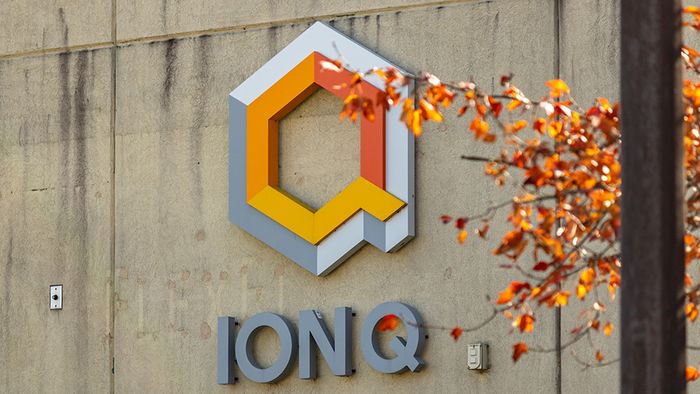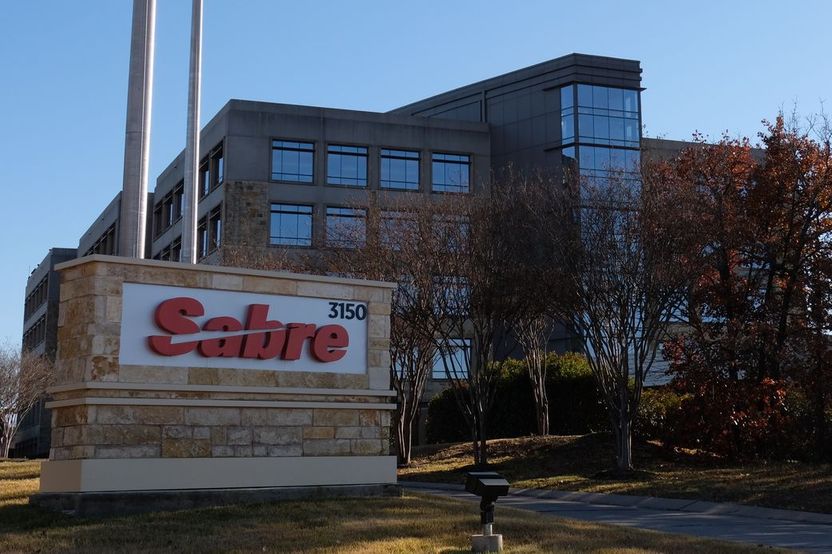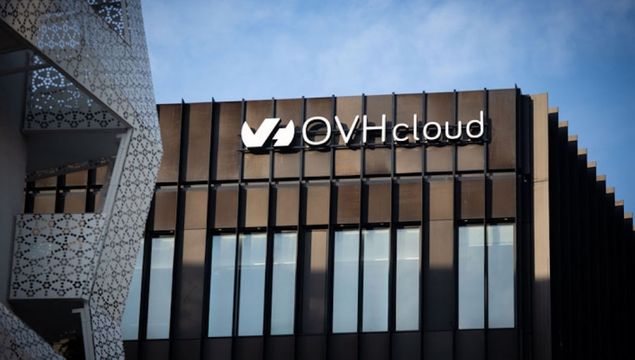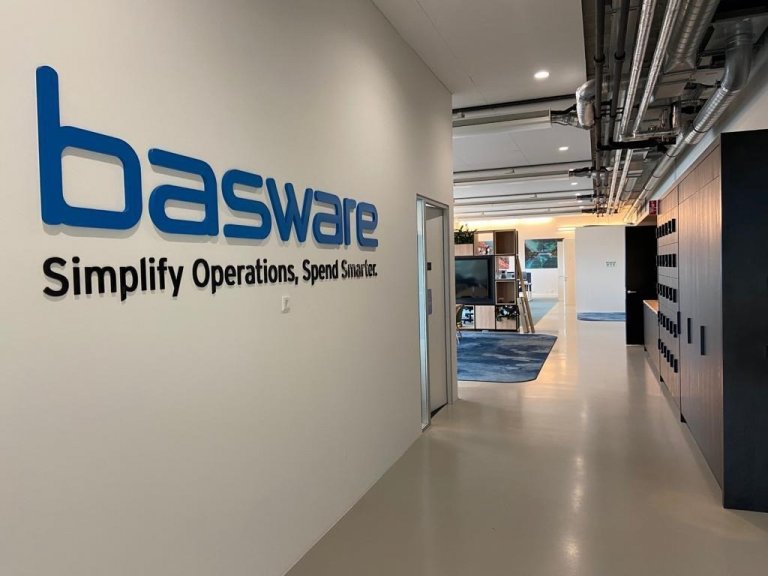Lightspeed – Leading Montreal-based Software Provider For e-Commerce Services.
Lightspeed Commerce, most commonly known as Lightspeed is a leading Montreal-based software provider for e-commerce purposes. Dax Dasilva is the founder of the company and founded this international conglomerate in 2005. Lightspeed, till now, offers its services and products mainly in the retail, restaurant, and hospitality businesses. Silva served as the CEO of the company for a long time until he stepped down in February 2022. The current CEO of the company is JP Chauvet who served as the President of Lightspeed and Dasilva took the position of Executive Chair. In the last 16 years, Lightspeed has expanded to various international grounds including New York, Silicon Valley, Amsterdam, Ghent, etc.
History
Founded in 2005, the main aim of the company was to offer point-of-sale and e-commerce software to various businesses. Though Lightspeed’s first focus was getting a good grip on the retail sector then it eventually expanded its customer base to other sectors. With the help of the commercial software offered by the company, the small and medium-sized industries got a chance to compete with the larger chains. Due to the smart data-driven decisions that Lightspeed helped its customers make, it grew rapidly and expanded on a global scale. After almost a decade of doing business with the retail industry, the company decided to enter the hospitality sector in 2014. By this time it opened offices in various locations including Washington, Berlin, New York City, Olympia, etc. Lightspeed is financially backed by Accel Partners and iNovia Capital.
In an investment round that took place in 2012, $30 million was raised by the company. By the end of 2013, the company’s report showed that it grew by 120% within a year in terms of annual transactions. Since it was growing at an impressive rate along with the funding it received, Lightspeed started making acquisitions. In 2013, Lightspeed acquired MerchantOS, a point of sale software developer followed by an HTML5 web-based product. By the end of 2013, the company had more than 15,000 store locations and its customers processed $7.5 billion.

Success
As Lightspeed continued to make several acquisitions, it added Advanced Analytics to the company’s retail feature roster in 2014. In September 2014, the company led a funding round where it raised $35 million and it was mainly hosted by iNovia Capital. During this time, the company was preparing itself to expand into the restaurant and hospitality business, especially through a Belgian startup POSIOS. By the end of the year, Lightspeed was serving more than 21,000 businesses and its annual transactions increased from $6 billion to $8.2 billion. As the number of clients kept on increasing in 2015 Lightspeed was serving global clients spread across 30 countries. The client base also increased from 21,000 to 23,000 in a year. In an investment round in 2015 that was led by Caisse de dépôt et placement du Québec and Investissement Québec along with existing investors, the company raised $61 million.
In October 2015, Lightspeed acquired an e-commerce software developer, SEOShop, and announced that it will be serving both brick and mortar and online retailers. SEOShop was further rebranded as Lightspeed eCom and then integrated with the company’s retail POS software. In 2017, there was a new venture capital funding round in which the company raised $160 million. In 2018, the company brought new members into the leadership and executive teams like Patrick Pichette and Paul McFeeters. Recently, the company has made three acquisitions, namely, Gastrofix (2020), ShopKeep (2020), and Vend (2021).
About the Founder
Dax Dasilva is originally from Vancouver but he emigrated with his family to Canada when he was a kid. He was interested in coding from a young age and then he attended the University of British Columbia to study computer science. But later, he decided to explore some creative opportunities. He is also a well-known advocate for LGBTQ+ rights and he came out as a gay at the age of fourteen. After founding Lightspeed, it became one of the fastest-growing tech startups in Canada.

Annasha Dey is an NIT student, who apart from studying engineering is also a content writer. She has a great interest in photography, writing, reading novels, and travelling as well. She is a foodie who loves socializing and hanging out with her friends. She is also a trained Kathak dancer and a big fashion enthusiast. Dey also loves watching TV series, which includes F.R.I.E.N.D.S. and Big Bang Theory. To be a better writer she prefers to read more




